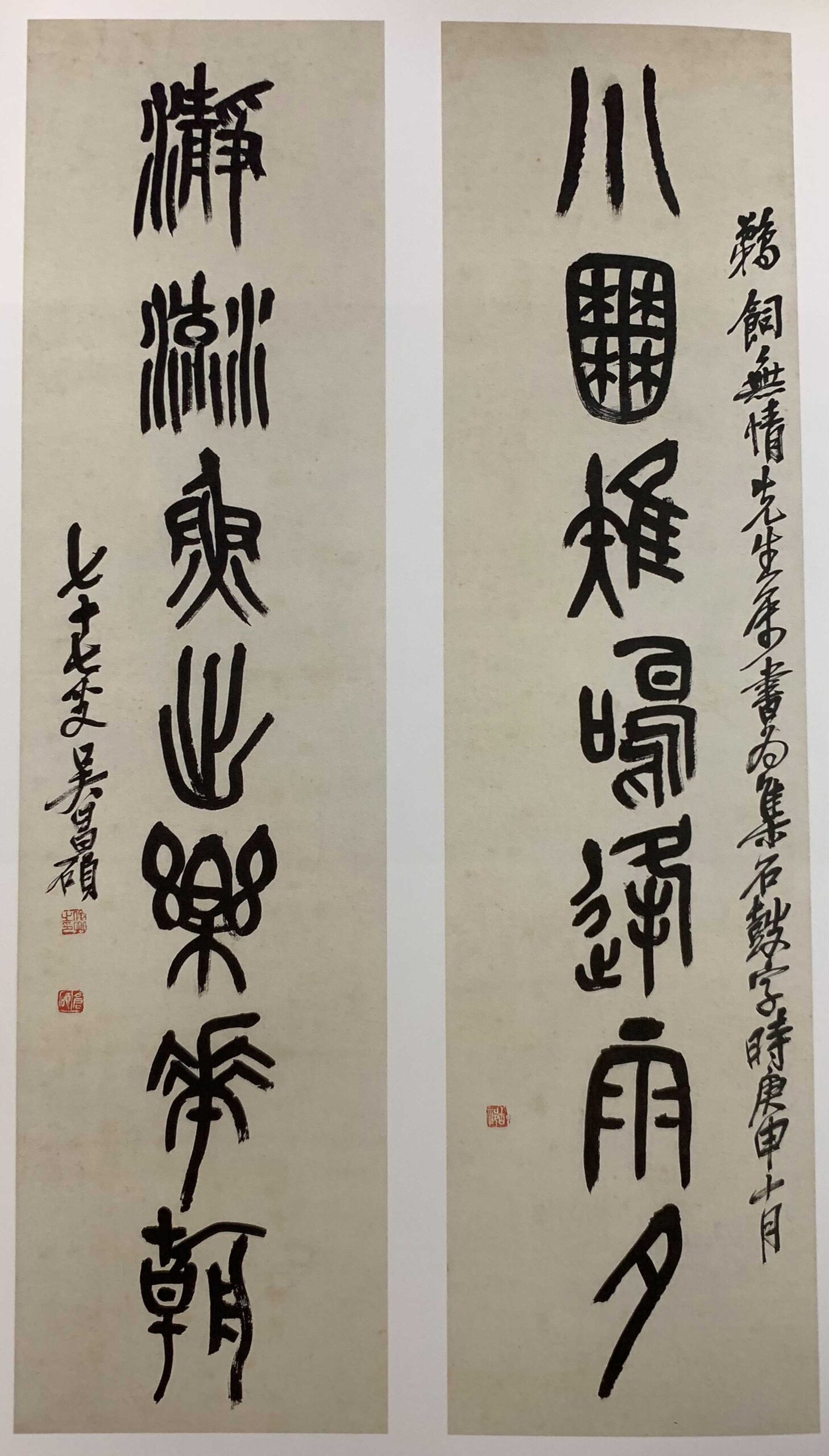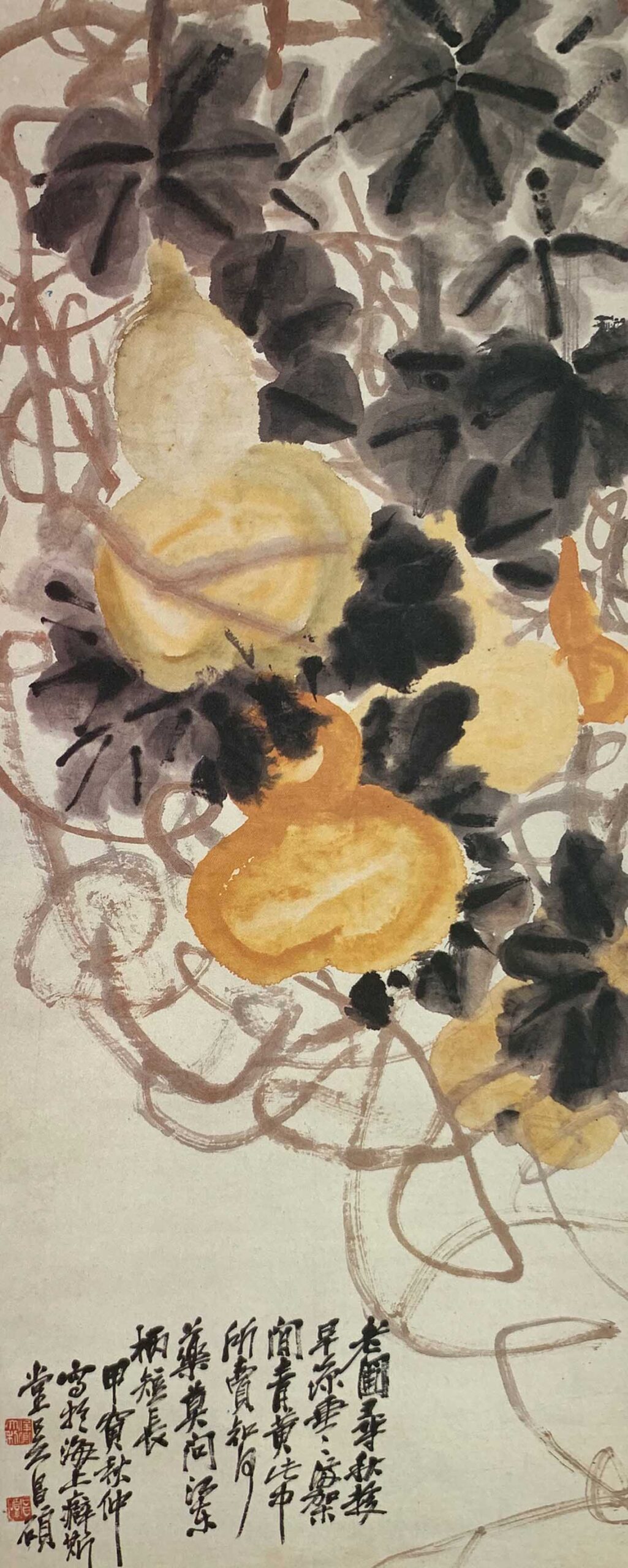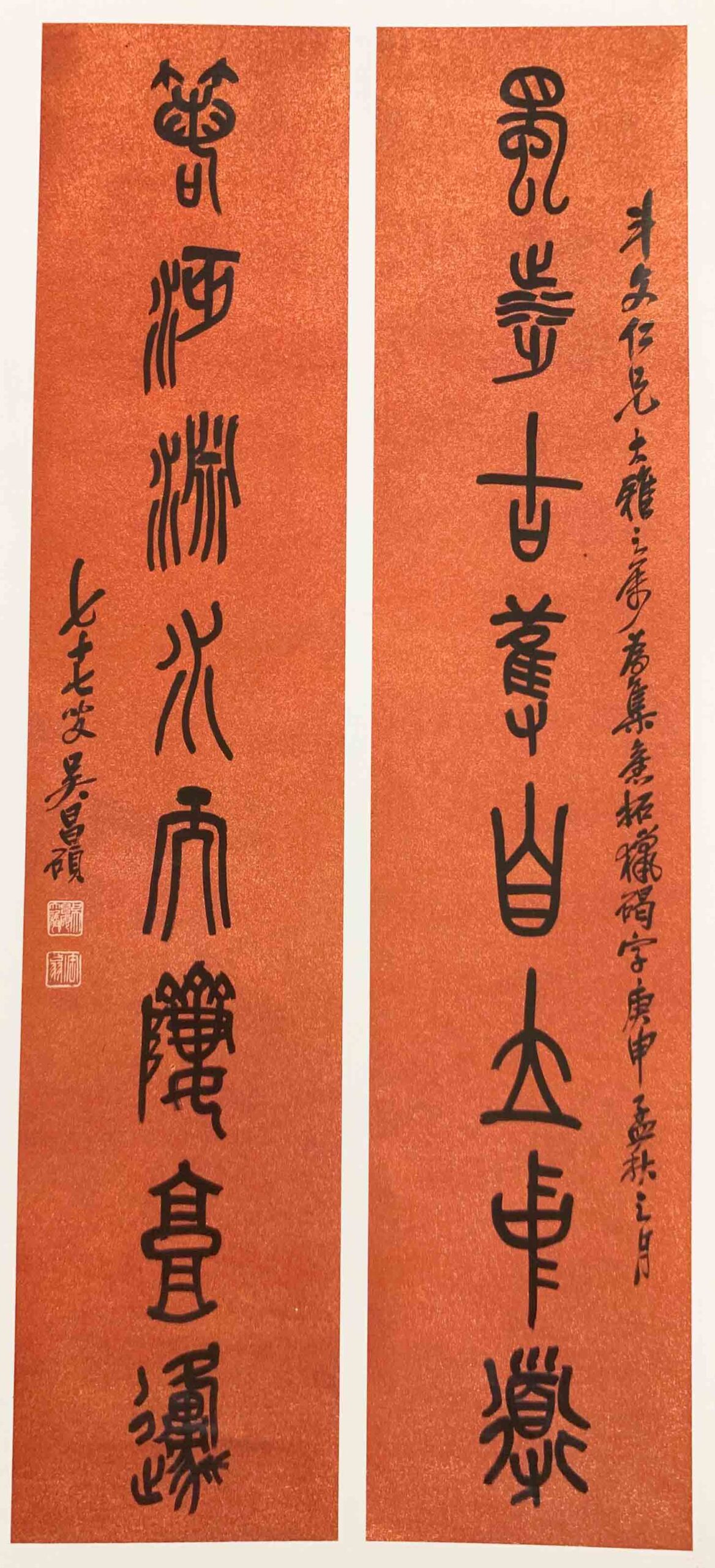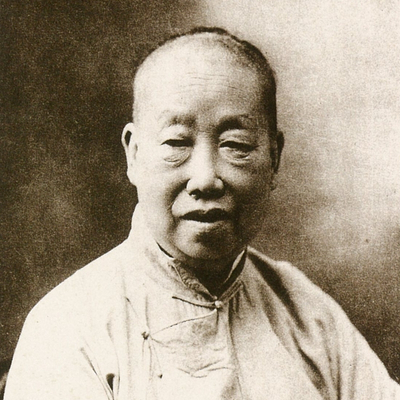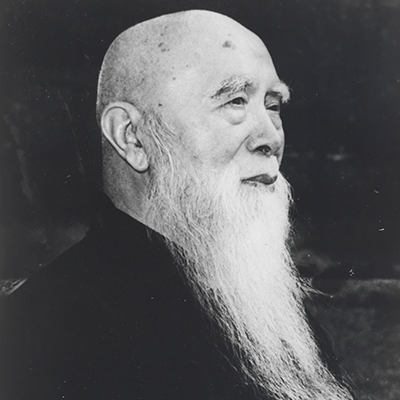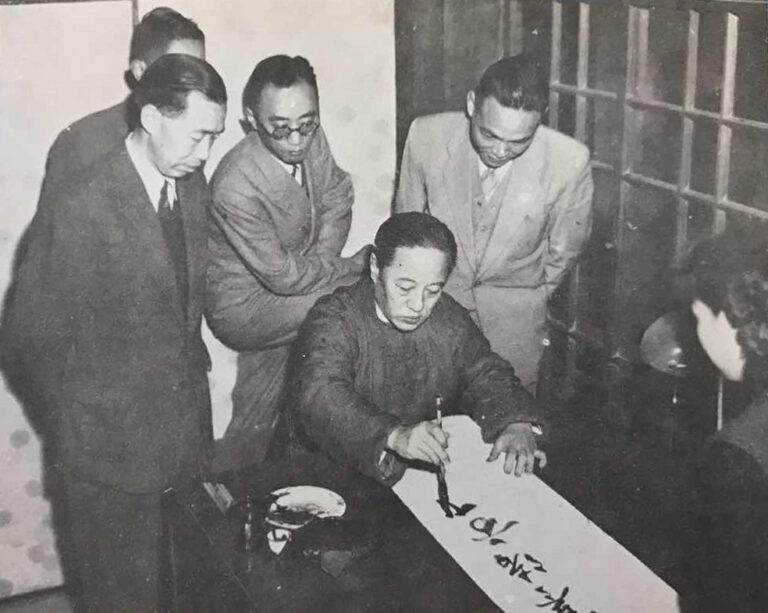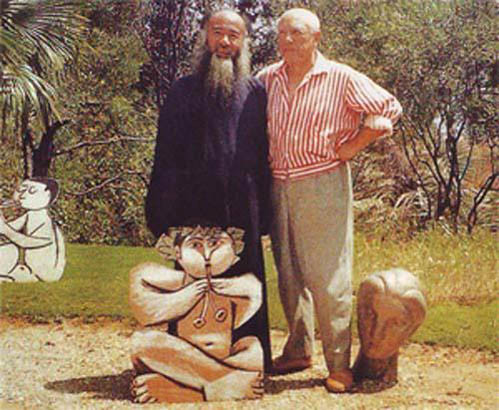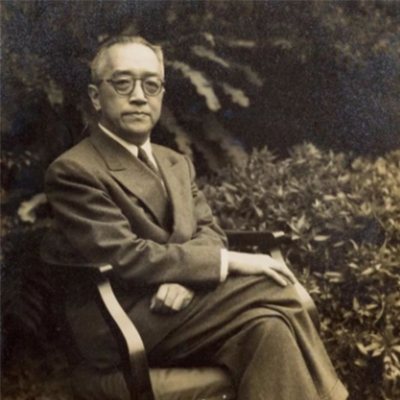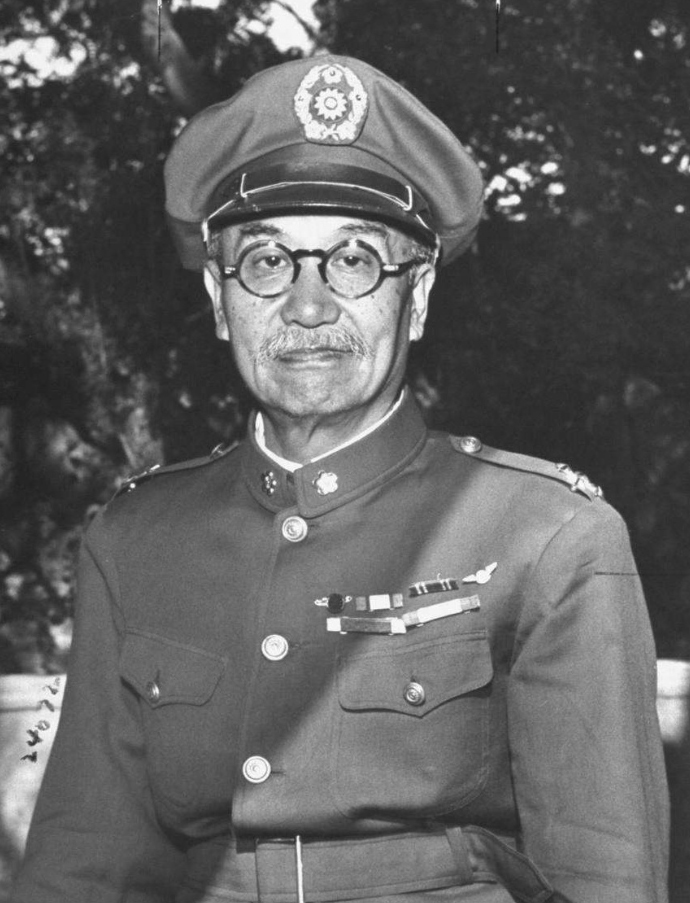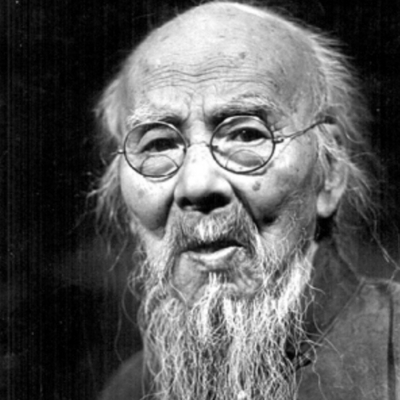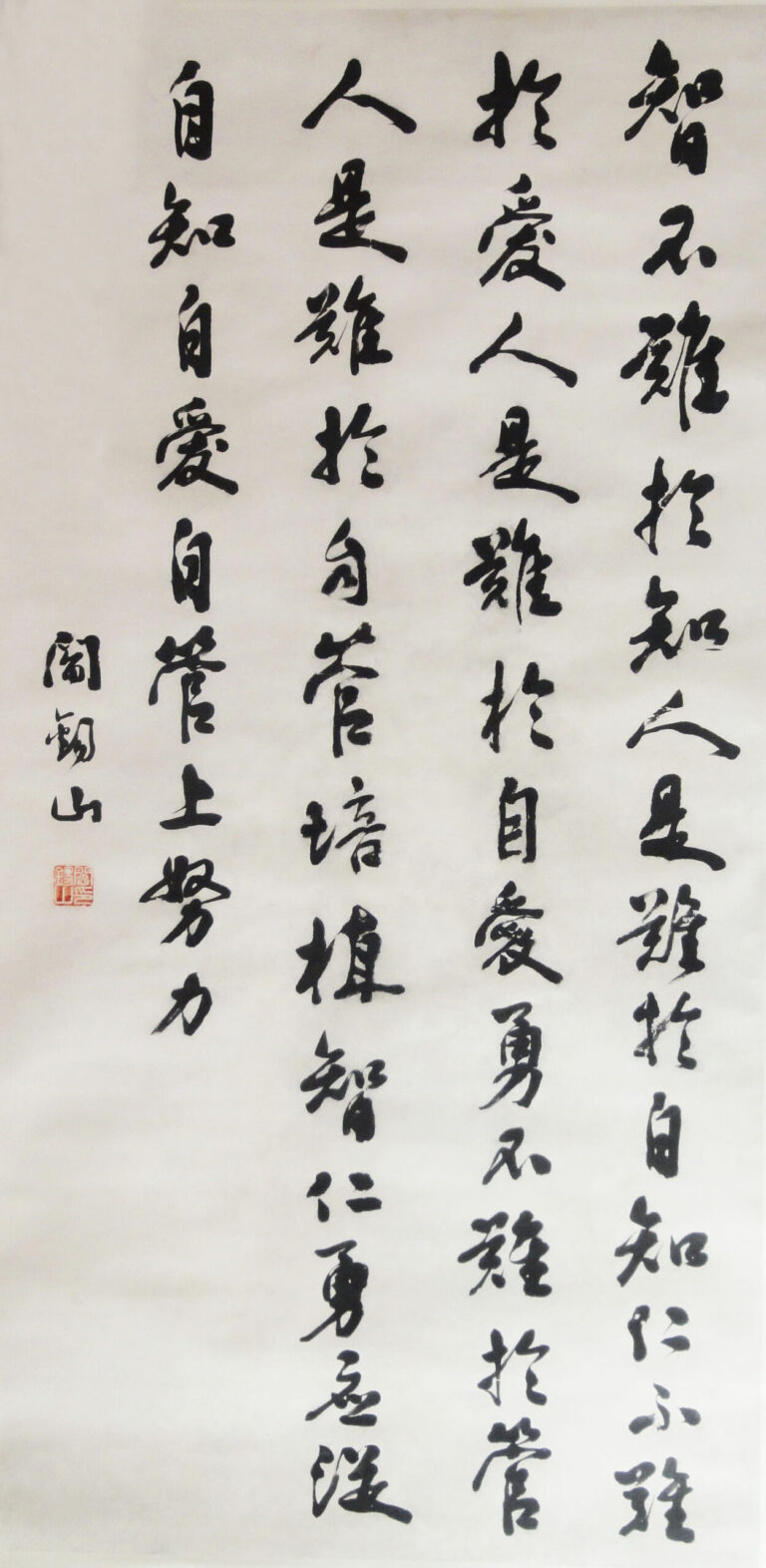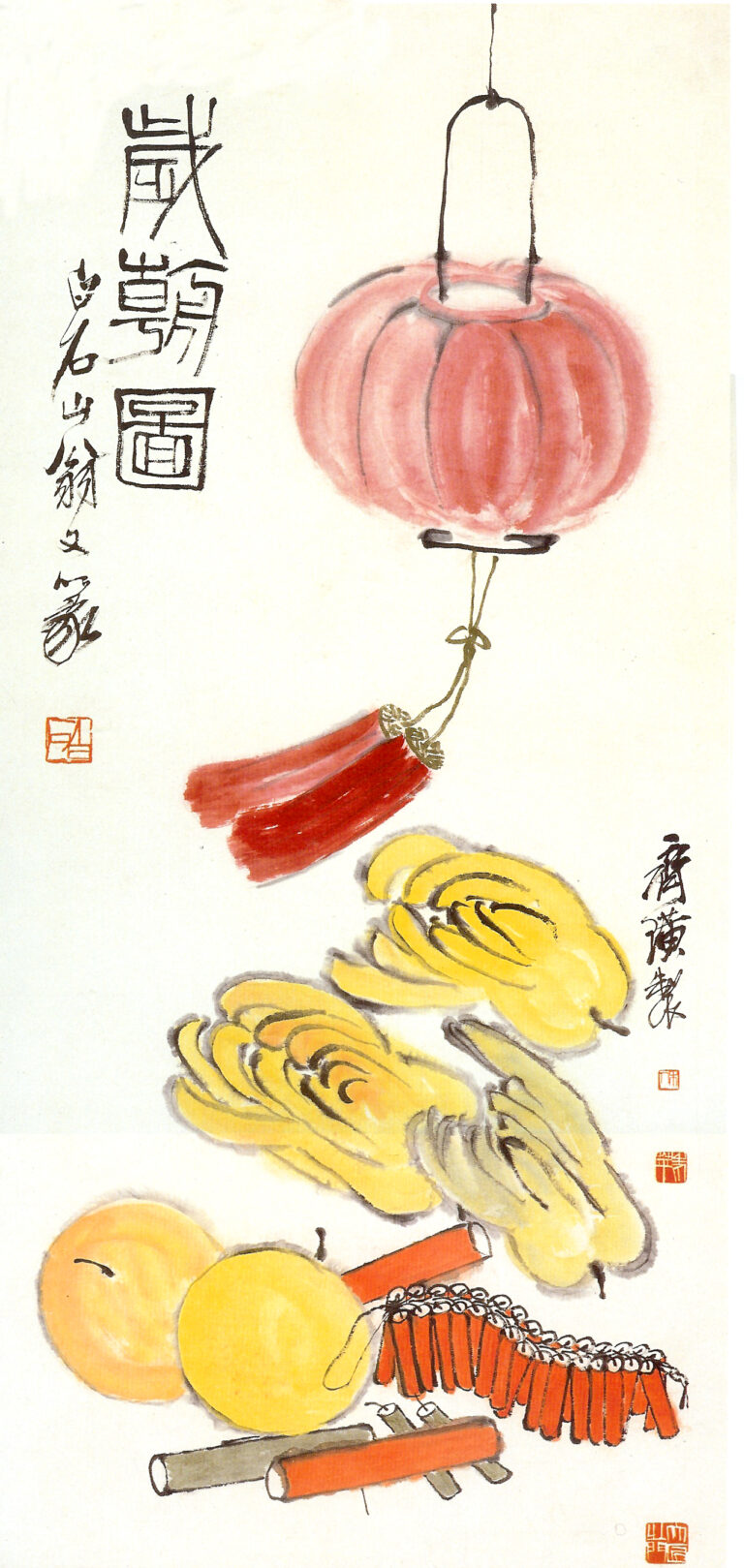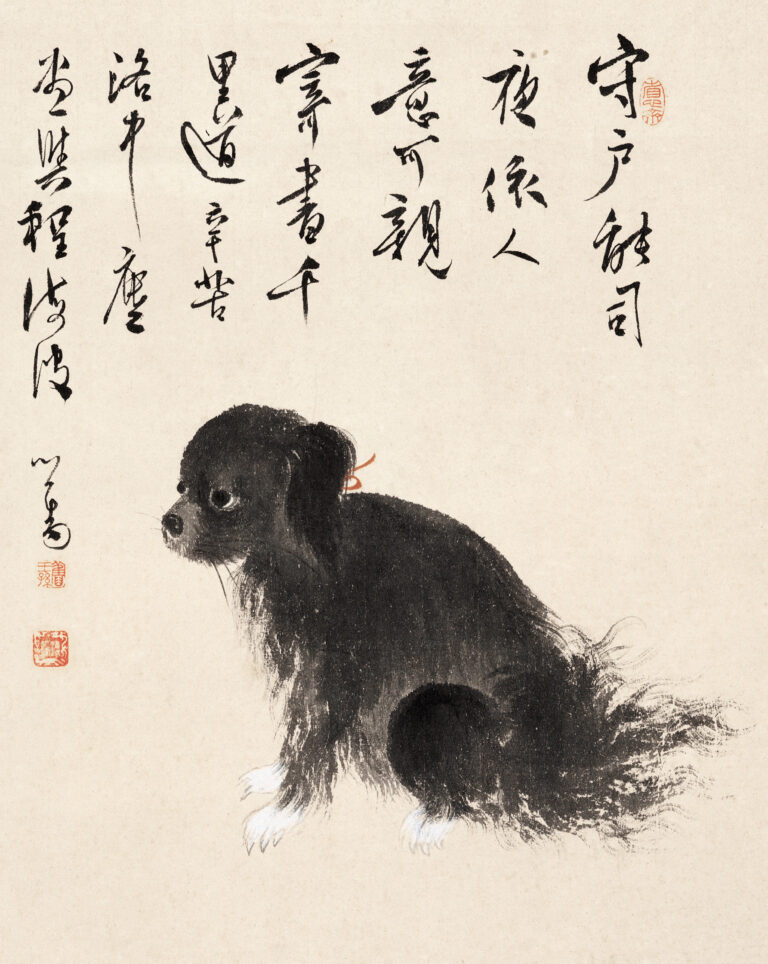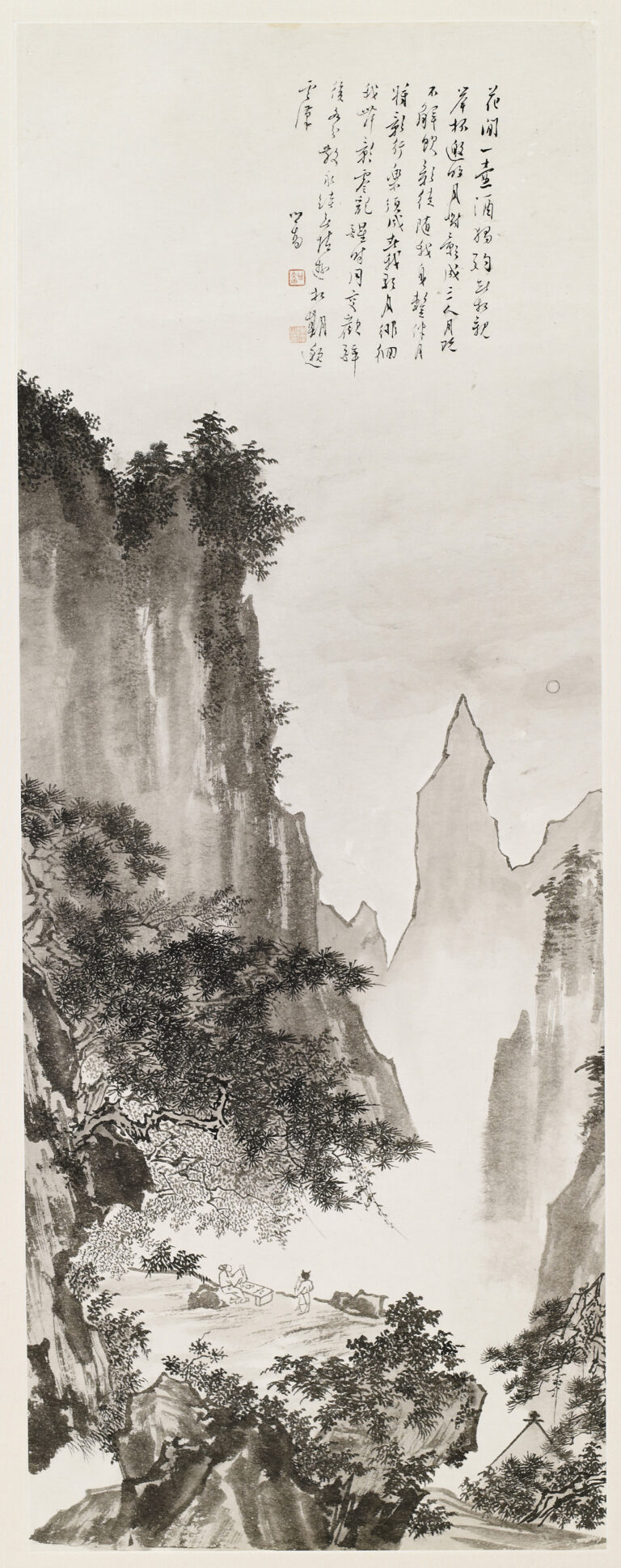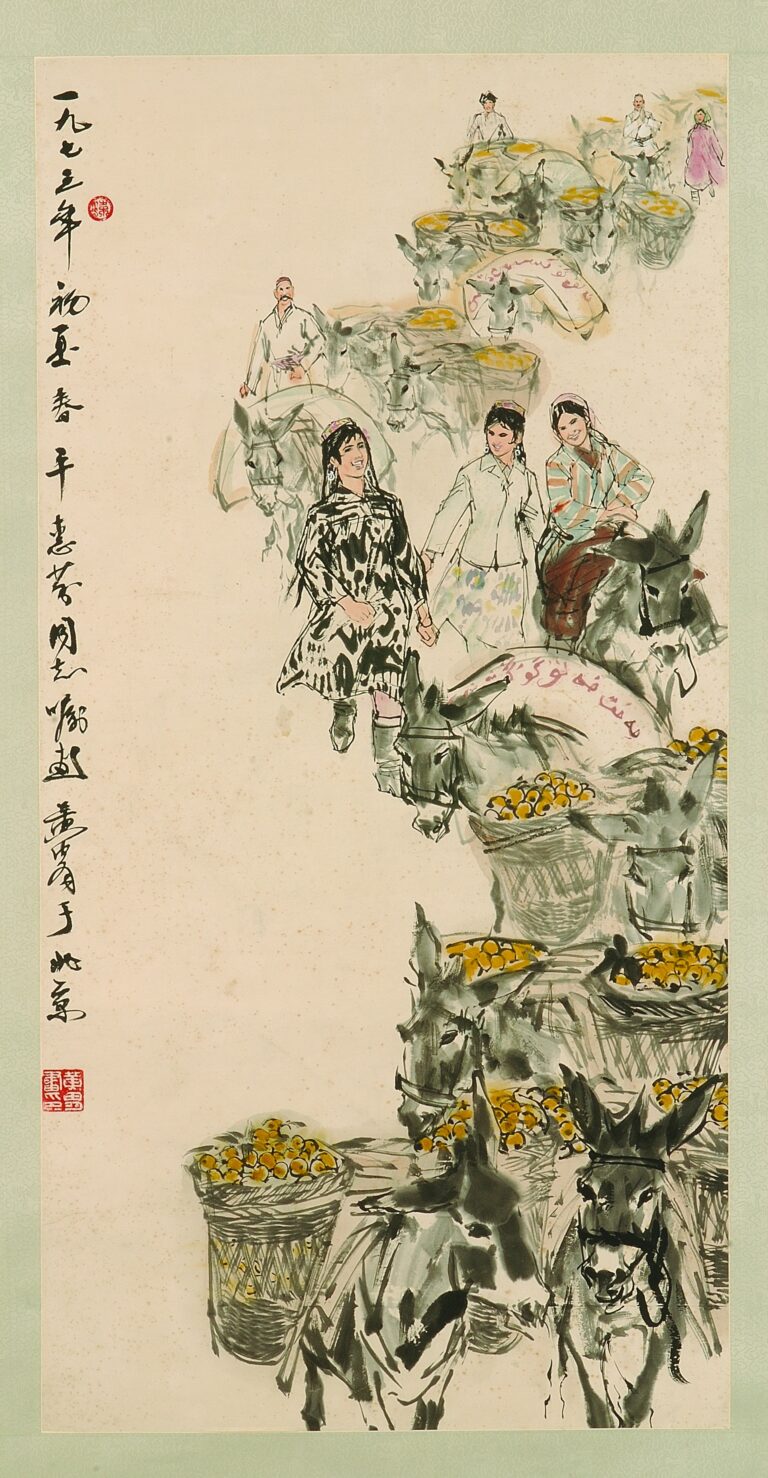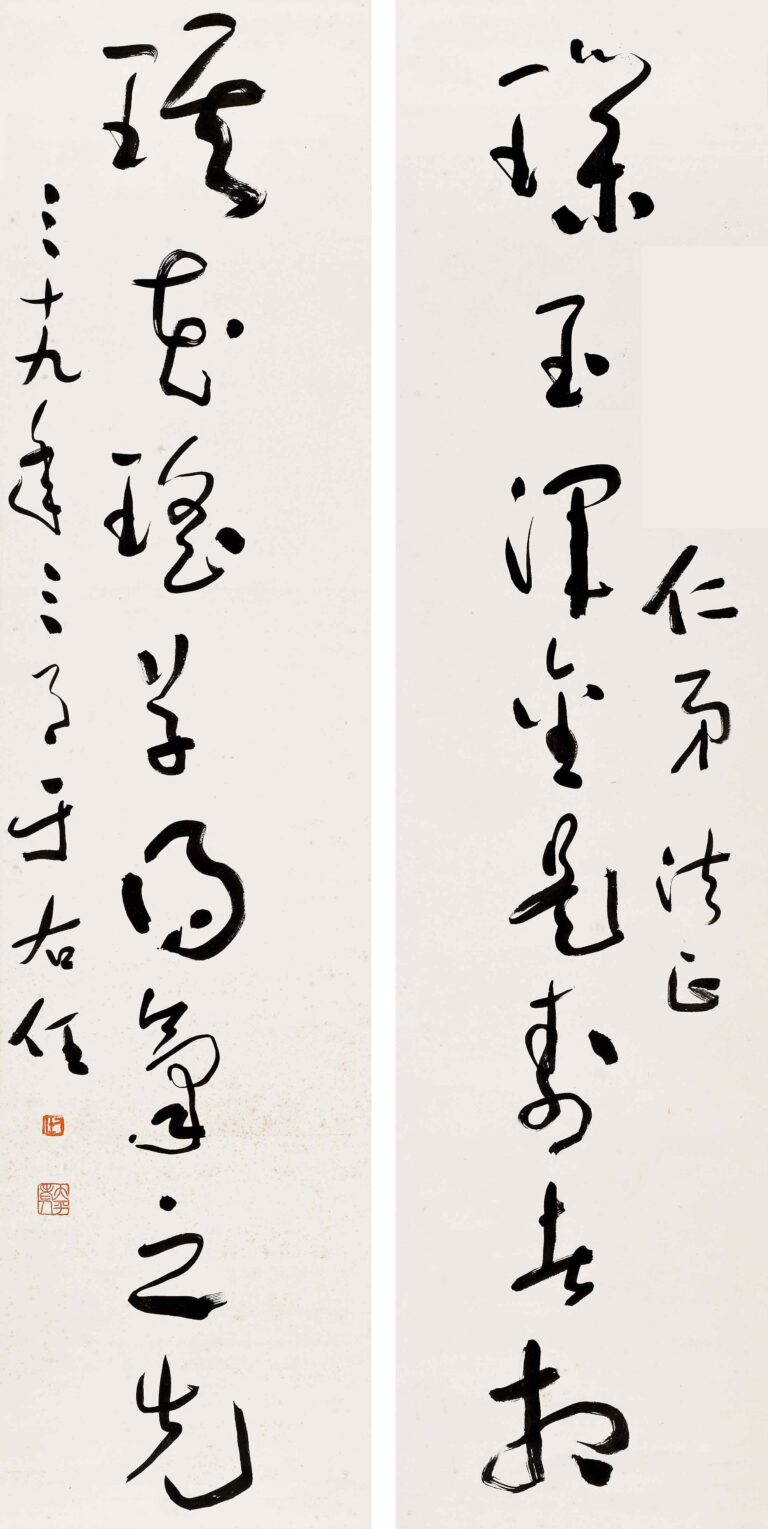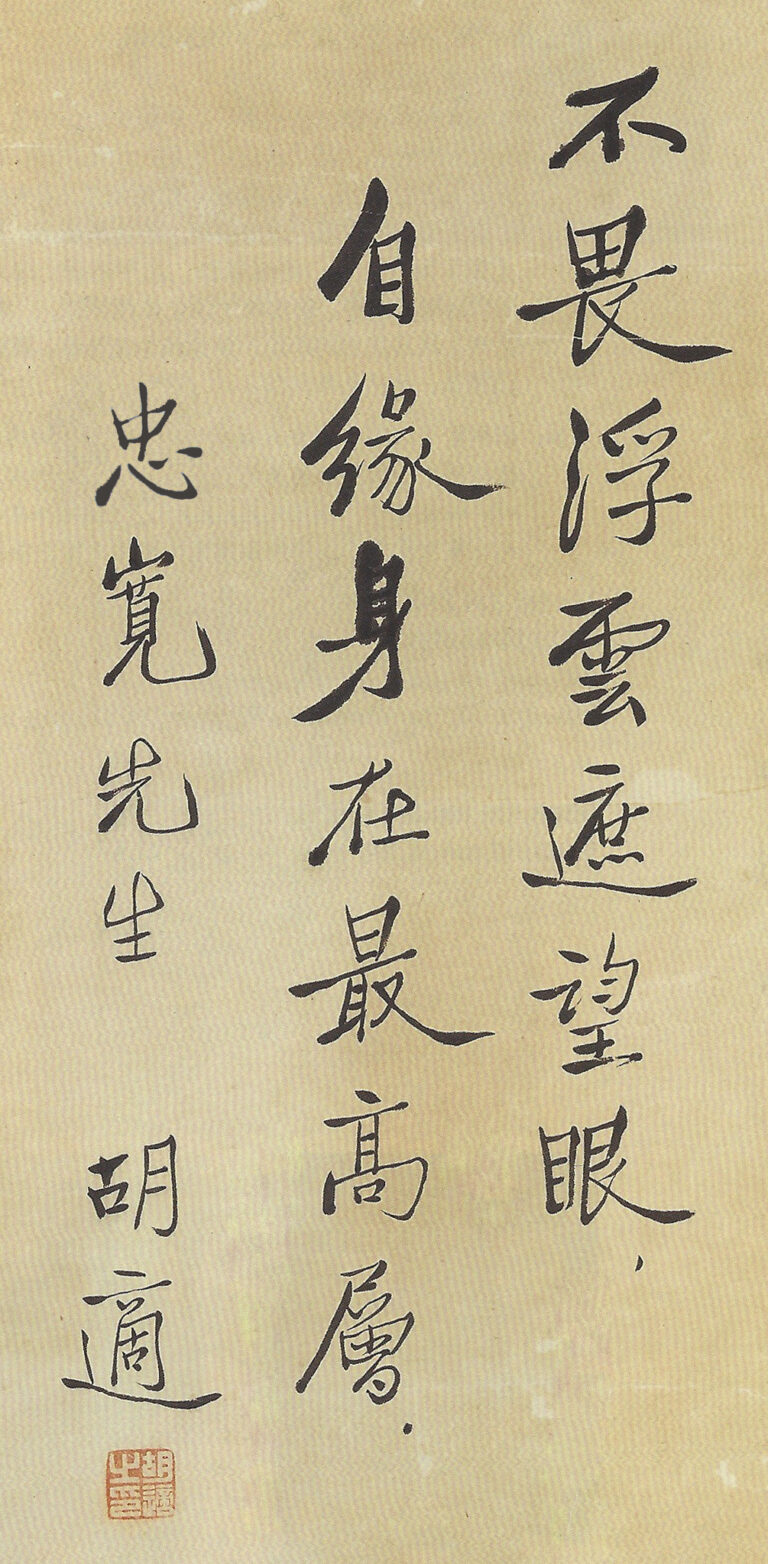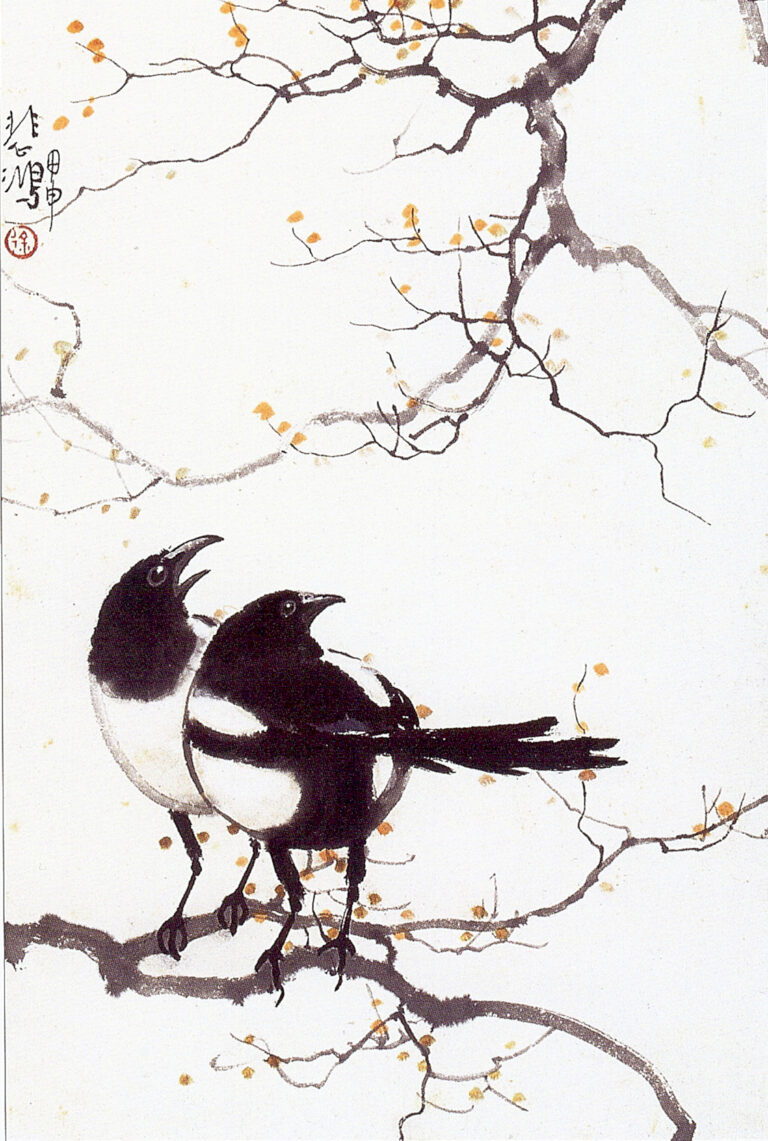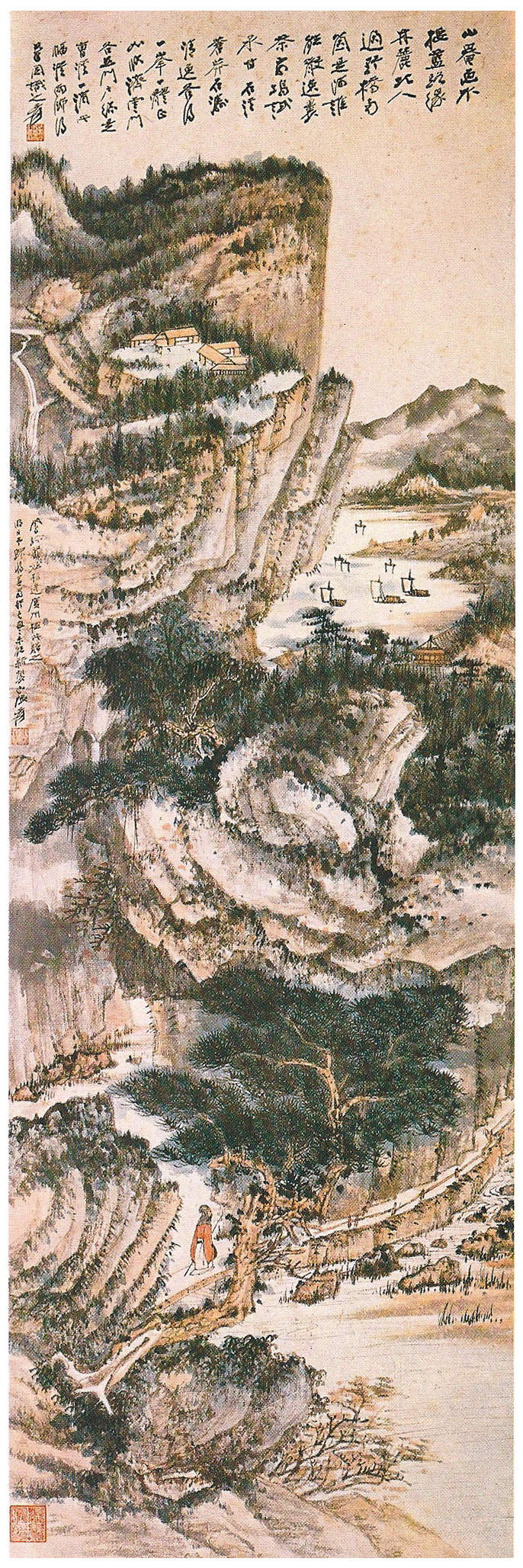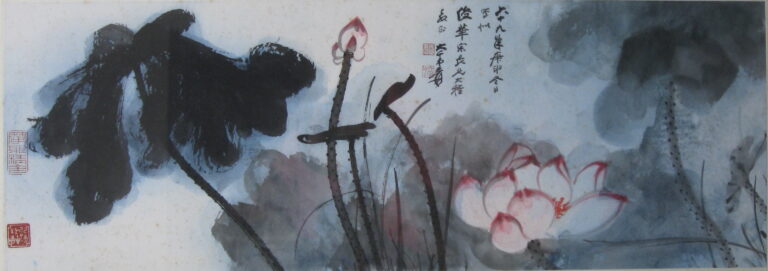Wu Changshuo (August 1, 1844-November 29, 1927), formerly known as Jun, the character Changshuo, the number Houlu, Kutie, Daqing, etc., was from Hewu Village, Anji County, Huzhou City, Zhejiang Province. He was a famous calligrapher, painter, seal carver, and poet in the late Qing Dynasty and early Ming Dynasty. He was known as one of the “Four great masters of the Sea School in the late Qing Dynasty” and served as the first president of Xiling Yinshe. Wu Changshuo has made outstanding achievements in the four fields of poetry, calligraphy, painting, and printing. He has created the style of “golden and stone capital meaning” painting, which has a profound influence on modern and modern Chinese art.
Wu ChangshuoEarly experience and artistic enlightenment
Wu Changshuo was born in the Shuxiang sect, and his father Wu Xinjia was raised in the Qing Dynasty. At the age of 17, due to the war in the Taiping Heavenly Kingdom, his family was destroyed and he and his father fled to Shicangwu for refuge, and then settled in Wuyuan, Wucheng. In 1865, at the age of 21, Wu Changshuo was admitted to the Xiucai Examination and began to make a living in seal carving. He traveled to Jiangsu and Zhejiang, visited famous teachers, and extensively absorbed the essence of art such as gold and stone inscriptions, seals, calligraphy and painting, laying a solid foundation for future artistic creation.
Wu Changshuo's artistic Achievements and Representative works
Wu Changshuo has deep attainments in the four arts of poetry, calligraphy, painting, and printing, and combines them to form a unique artistic style.
- poetry
Wu Changshuo's poetic style is simple and natural, with a wide range of landscapes and sincere emotions. It complements his calligraphy and painting works. He often paints with poetry titles. There are paintings in the poems and poems in the paintings. Poetry and painting complement each other. He once said to himself: “The strength of my life lies in my ability to paint by the method of writing. ”
His poetry collection "Mahogany Melon Pavilion First Grass" contains his early poems, showing his deep literary literacy.
- calligraphy
He is proficient in seal script, especially Shiguwen, which has the highest achievements. He has a powerful and majestic pen. He integrates the sword technique of seal carving into calligraphy to form a unique “golden and stone flavor” style of calligraphy. His calligraphy works are known as “humble and vigorous, full of energy”, and very artistic.
- painting
Wu Changshuo began to study painting at the age of 50, specializing in flowers, and used the power of Jinshi steles to cast pen and ink, creating a style of “Jinshi capital meaning” painting. His works are old-fashioned, vigorous, novel in composition, and rich in colors, especially Western red, with bright colors. He often uses the characters ”zhi“ and ”female" to compose his composition, or to make oblique angles, reality and reality coexist, and the subject is prominent.
Wu Changshuo is good at floral themes, especially plum, orchid, bamboo, chrysanthemum, etc., with hearty pen and ink, strong colors, and a strong personal style. His work "Twelve Screens of Flowers" was sold for US22 million in 2005, setting an auction record for works of the maritime painting school.
- Seal carving
Wu Changshuo's seal carving art started from the Zhejiang School, and later specialized in Chinese seal carving. He integrated the knife technique of seal carving into calligraphy to form a “blunt knife center” seal carving style. Its seal style is vigorous, wonderful in the virtual and real, there is fineness in the rough work, simplicity in the flow, vigor in the beauty, and far-reaching influence, forming the "Wu School”.
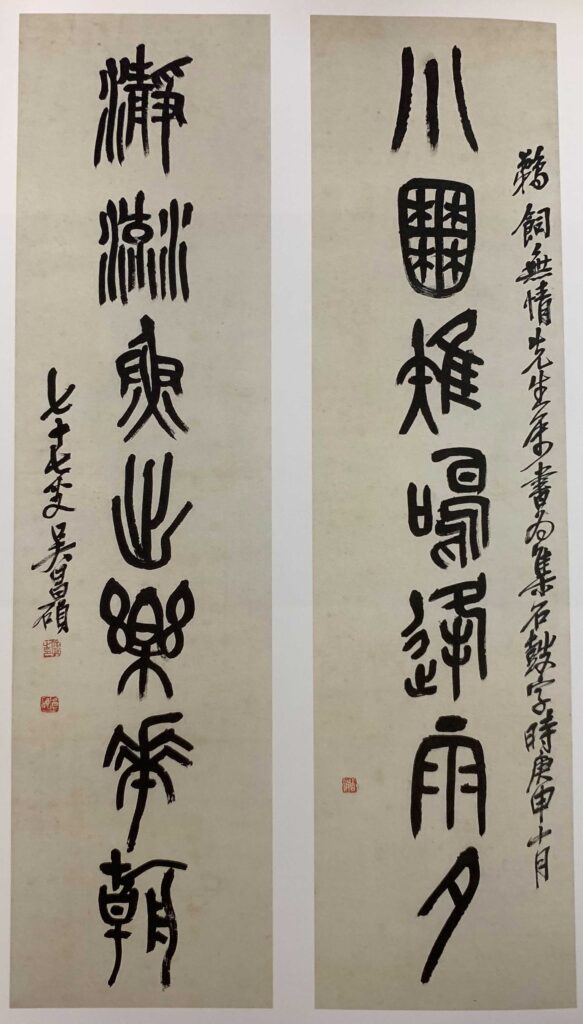
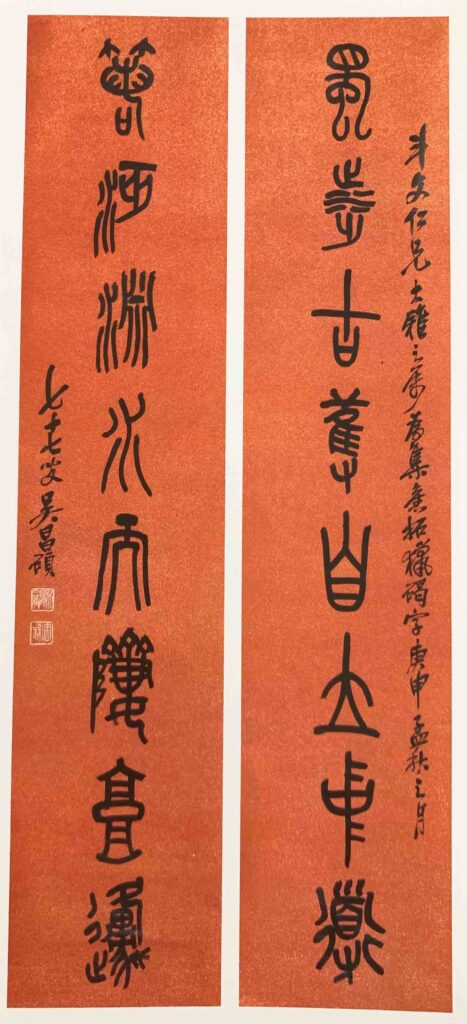
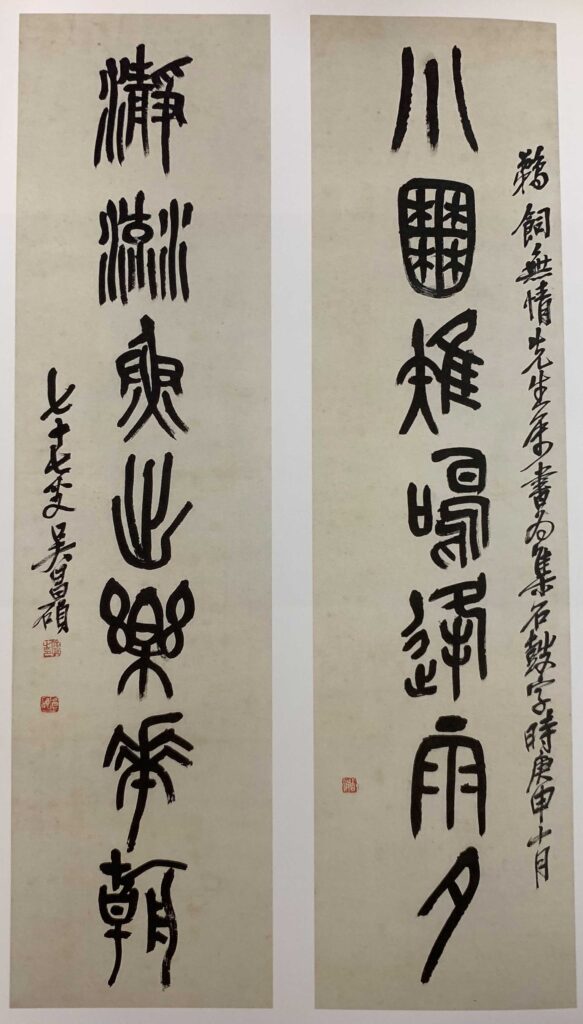
Artistic achievements and influence
Wu Changshuo has been rich in creative writing throughout his life. His works cover various fields of poetry, books, painting, and printing. He has created a style of “golden and stone capital meaning” painting, which has a profound influence on modern and modern Chinese art. In his later years, he settled in Shanghai and was classified as the “Maritime painting school” by later generations. In 2005, his work "Twelve Screens of Flowers" was sold for US美金2 million, becoming one of the most expensive maritime painting school works in modern times.
Wu Changshuo also enjoys a high artistic reputation in Japan. The Japanese seal engraver Kawai Tsunlu once asked him for advice. The Japanese painting and calligraphy world cast a bronze bust for him and presented it to Xiling Yinshe for display. On the occasion of the 160th anniversary of Wu Changshuo's birth, the Ginza Art Museum in Tokyo held an exhibition of Wu Changshuo's paintings and calligraphy, which featured Wu Changshuo's paintings and calligraphy collected in Japan.
He has a profound influence on future generations, and there are many disciples under his disciples, such as Qi Baishi, Wang Zhen, Pan Tianshou, Sha Menghai, and Zhu Le, all of whom have either left or been influenced by him, and have become important representatives of modern and modern Chinese art.
Summary of Life and Art in later life
In his later years, Wu Changshuo settled in Shanghai and gained a wide range of poetry, calligraphy, painting and printing, with a prominent style. Since 1915, he has been the president of the Jinshi Painting and Calligraphy Association of the Maritime Inscription Museum. In 1913, he was elected the first president of the Xiling Yinshe. He has made outstanding contributions to the development of modern and modern Chinese art.
On November 29, 1927, Wu Changshuo passed away in Shanghai at the age of 83. He devoted his life to the creation and dissemination of art, combining the four arts of poetry, books, painting and printing to create a unique art style that has had a profound impact on Chinese art history.
Representative works of Wu Changshuo
Wu Changshuo has written a wealth of works in his life, covering poetry, calligraphy, seal carving and other fields, including:
Wu Changshuo's Poems
- "The First Grass of Mahogany Melon Pavilion"
- "Fou Lu Ji"
- "Don't Save Fou Lu"
- "Fou Lu Jinmo"
- "Bitter Iron and Broken Gold"
- "Puchao Yinpu"
- "Seal Yunxuan Seal"
- "Cut the Quan Lu Seal"
- "Fou Lu Yin Cun"
Wu Changshuo's Painting and Calligraphy
- "Twelve Screens of Flowers"
- "Mometu"
- "Autumn Flower Picture"
- "Qunfang Jingxiu"
- "Pomegranate Picture"
- "Peony Picture"
Wu Changshuo Seal Carving
- "Fou Lu Yinpu" Series
- Series of prints of "Bitter Iron and Broken Gold"
These works comprehensively demonstrate Wu Changshuo's deep attainments in the four arts of poetry, calligraphy, painting, and printing, and have a profound impact on future generations.
Dehuatang is looking for Wu Changshuo's treasures
Dehuatang is committed to collecting and promoting Chinese painting and calligraphy art, and sincerely invites people from all walks of life to provide Mr. Wu Changshuo's collection of calligraphy and painting, calligraphy, paintings and other works of art. We will acquire it at a high price and preserve it properly so that these precious artistic treasures can be passed down to future generations. If you have a relevant collection, please feel free to contact us to jointly inherit the beauty of Chinese art.
Portfolio
